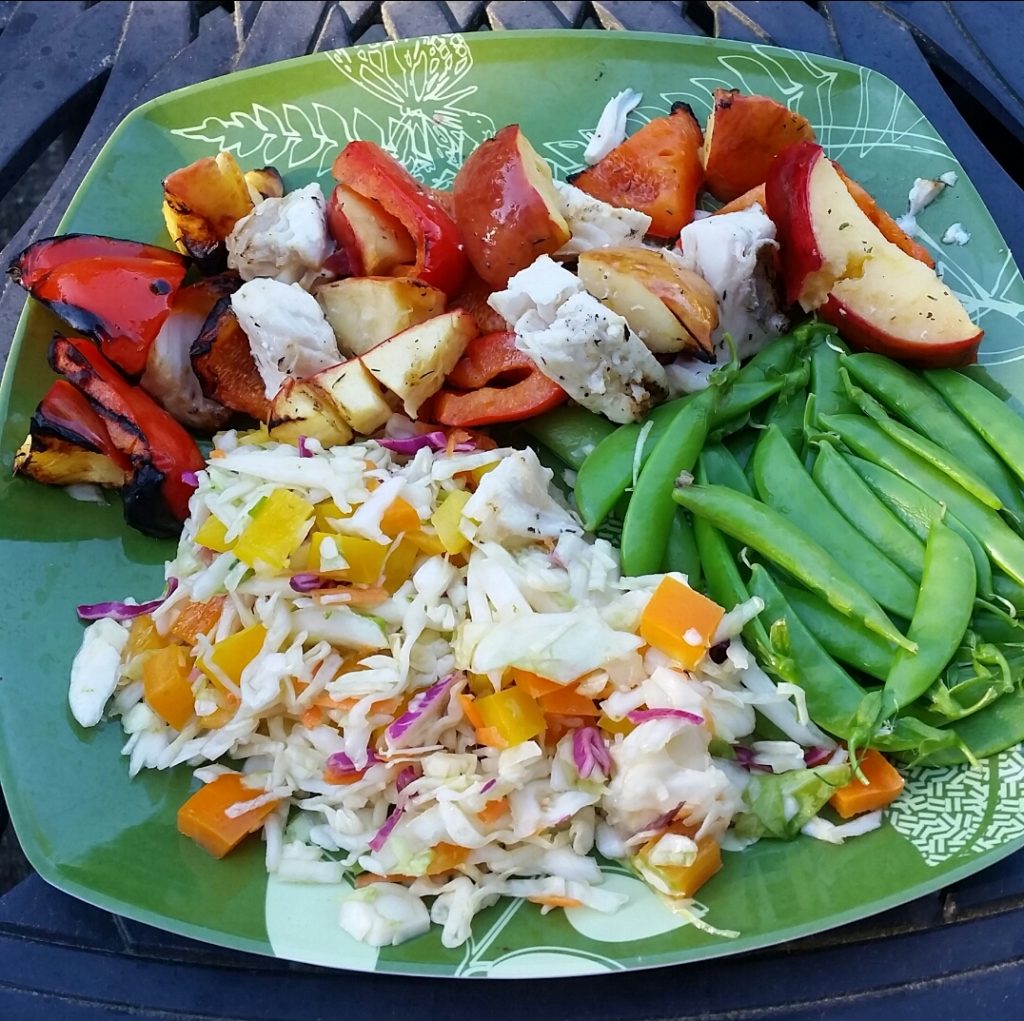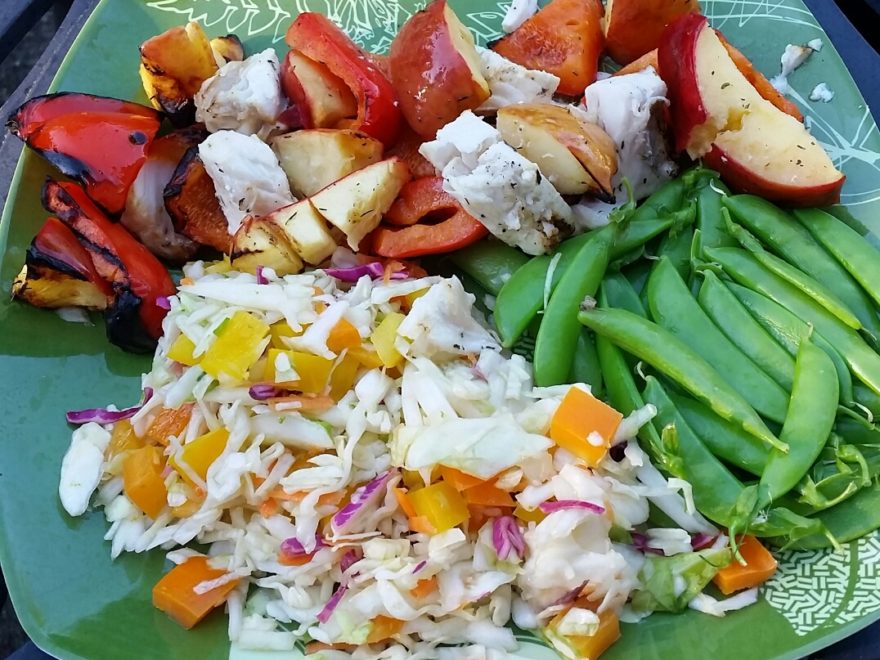For the past twenty years or so, each time I’ve stop by our public library I’ve checked for new books on bioethics. Biomedical ethics, that’s my work. It’s also my passion – I read books on this topic, just for fun! Our local library has a surprisingly good selection of books on bioethics, and on healthcare in general.
If I borrow a book and really like it, I’ll often return it to the library and then buy a copy for myself – so I can write notes in the margins, highlight it, and keep it as a reference. In case I want to refer to it at some point in the future; for my work or even for this blog!
Since being diagnosed with a rare autoimmune and neuro-inflammatory disease in May 2016, I now also look for new books on chronic pain. This month I spotted a new one. The title is “Overcoming Acute and Chronic Pain: Keys to Treatment Based on Your Emotional Type”.
My first thought was that chronic pain and acute pain aren’t necessarily treated the same way. My second was wondering what they meant by treating someone’s pain based on their “emotional type”. Maybe, I thought to myself, the title is misleading; the authors might have just been trying too hard to be catchy. One of them is an MD and PhD, and sometimes titles that are funny in a medical journal article don’t work so well for books.
Flipping the book over, I read the last part of the book’s summary. Along with medications, I use exercise, massage, mindful meditation, and yoga to help manage my chronic pain. I also try to eat primarily anti-inflammatory foods, high in fibre and Omega-3s, although I haven’t completely cut sugar from my diet.
I’ve tried acupuncture as well, and have osteopathic treatment for another health issue. So I’m definitely willing to try complementary and alternative medicine (CAM) approaches. That said, I first check with my physicians at a university hospital pain management unit! The back cover of the book said that the authors of this book:
review the available research and scientific evidence in support of each therapy, suggesting only well-established, safe, and clinically proven alternative treatments, such as acupuncture, biofeedback, hypnosis, massage, chiropractic, yoga, herbs, and essential oils.
Approaching pain holistically, they reveal how pain should be understood as a dynamic condition–an interaction between mind and body as well as between patient and therapy–and how your emotional type is key to long-lasting and successful results.”(1)
This all seemed fine to me, but I still wondered about the “emotional type” in terms of pain treatment. So, of course, I read the book. It includes some very general information about pain, which might be helpful to someone who hasn’t read much about this topic. For example:
pain is also a complex problem in its own right. It can actually change the nervous system and become its own distinct, chronic disease…
Chronic pain states may result from a number of different processes occurring in the peripheral and central nervous-system tissues…
Chronic pain may result from an abnormal peripheral or central pain “generator”. This type of pain is generally called “neuropathic pain”.”(1)
The second chapter of the book briefly described the “emotional type” about which I’d be wondering. The concept used in this book is entirely based on psychiatric research done in the 1980s, into dreams and nightmares. This is generally referred to as “Hartmann’s boundary concept”, as the research was conducted by Dr. Ernest Hartmann:
The Boundary Questionnaire was developed to measure boundaries between various aspects of psychological experience: between primary process and secondary process thinking; between internal and external experiences; and between loose vs. organized ways of arranging ideas and opinions.”(2)
Dr. Hartmann noted that, over the years, his original research was applied to “other measures of personality, to dreams and nightmares”(3) and even to an individual’s “occupations and interests”(3). He wrote that:
Boundaries in the mind—the relative ‘thinness’ and ‘thickness’ of many kinds of boundaries—has been studied as a measurable dimension of personality.
Persons scoring ‘thin’ overall on the Boundary Questionnaire can be described as open, trusting, vulnerable, and usually having a rich fantasy life; they are people in whom ‘everything gets through’.
People who score very ‘thick’ tend to be solid, well-organised, and sometimes rigid.”(3)
The book that I was reading, “Overcoming Acute and Chronic Pain: Keys to Treatment Based on Your Emotional Type”, was based on this research dating back to the 1980s. There’s nothing wrong with something being based on older research, as long as the findings haven’t since been discredited, disproven, or updated to show important new considerations or findings.
The idea behind this book is that completing a quick questionnaire, rating 18 different statements in terms of how much each of them describes you, would provide enough information to know which type of CAM would be best for a person and for the type of pain that they’re experiencing. This chapter seemed like something of a gimmick to me. Which is too bad, because the rest of the book could be helpful to people in pain.
To be fair, I played along; I completed the questionnaire, to obtain my ‘score’ of personality and psychological ‘boundaries’. The next step was to check my boundary score against a table of the pain conditions covered in this book, to find out which CAM would be best suited to me and to my disease.
Unfortunately, there was no category for neuropathic chronic pain. I hadn’t expected to see anything specific to my condition, because it’s considered rare; Complex Regional Pain Syndrome (CRPS), formerly known as Reflex Sympathetic Dystrophy (RSD). There were categories for fibromyalgia, migraine, and many other types of pain. But nothing for neuropathic pain conditions.
Nonetheless, I kept reading. Pages 25 through 225 provide descriptions of different types of CAM. Perhaps most helpfully, there are summaries of which type of CAM have been shown to help with specific conditions. For example the use of massage and myofascial release for pain from carpal tunnel syndrome.
These pages – almost the entirety of the book – cover far more than the 14 pain conditions listed in the table of CAM for specific diseases. This is why it seemed to me that the chapter on “Pain and Your Emotional Type” was something of a gimmick. That entire chapter could be cut from the book, and it could still be just as helpful for some pain patients.
All in all, this book was a good patient-friendly summary of what types of CAM have been used for different types of pain conditions. Some of the CAM presented are options that might be worth trying for certain individuals. Most of the CAM techniques they suggest are things that I’m already doing (mindful meditation, yoga, etc.) or have tried (e.g. acupuncture), so there was nothing new for me.
Even the mention of Omega-3 fatty acids, as being potentially helpful for fibromyalgia and nerve (neuropathic) pain, was something about which I’d already read. That’s why I added more fatty fish to my diet, quite a while ago! Diet was one of the first things I looked into, for chronic pain management. It seemed like a low-risk option, with no real downside. A win-win type of situation ‘-)

At that time, I also read that soy foods have “shown signs of its great potential for relieving posttraumatic pain (i.e. from accidents or surgery) and osteopathic pain”(4), so I also added more soy to my diet. Soy foods, however, weren’t mentioned in this book; maybe there hasn’t been enough research on this yet.
Before you try anything new, to help manage your pain – please – please – please – check with a physician first! Why? Glad you asked! Let’s look at zinc supplements, one of the things suggested in this book. Although zinc is an essential mineral, it’s not a good idea to take high-dose zinc supplements because this can lead to copper deficiency in the body. Copper deficiency can cause many other health problems. It can also cause… pain. The reason for which some people might want to try taking zinc!
Specifically, symptoms of copper deficiency can include “anemia, neutropenia (low white cell count) and/or neurological symptoms” along with “neuropathy (peripheral nerve pain), paraesthesia (tingling in the fingers), ataxia (difficulties with balance and coordination) and leg nerve pain.”(5) Taking zinc to relieve pain could actually cause… worse pain, and other symptoms!
Whenever I read a book, I look for something new, something to learn. Sometimes for a specific quote that strikes me, or a new way of looking at an issue or topic. In this book, it was the conflict between these two lines – in different parts of the book – that most struck me:
“Throughout history, much of the effort in human healing traditions has been directed at analgesia – the alleviation of pain.”(1)
“On average, a physician receives just eight hours of training on how to treat pain. By comparison, a veterinarian receives eighty-seven hours of training on how to treat pain in animals.”(1)
If humans have been trying for so long to relieve pain, why do physicians have such a paltry amount of training on this topic? Which, of course, is one of reasons for which I try to raise awareness of my disease, and of chronic pain conditions, among healthcare professionals! Because sometimes one person can make a difference, for others…
As always, thanks so much for reading! This post was much longer than planned, but I hope you still found it interesting. If you did, I’d encourage to read the book. And to talk with your doctor before you change or try anything in your pain management plan!!! Have a great day ‘-)
References:
(1) Marc S. Micozzi, Sebhia Maria Dibra. Overcoming Acute and Chronic Pain : Keys to Treatment Based on Your Emotional Type. Healing Arts Press, a division of Inner Traditions Bear and Company. Rochester, United States. 09 Feb 2017. (Book: ISBN 9781620555637.) Information accessed 30 Mar 2017:
https://www.simonandschuster.ca/books/Overcoming-Acute-and-Chronic-Pain/Marc-S-Micozzi/9781620555637
(2) Robert H. Harrison, Ernest Hartmann, Judith Bevis. The Boundary Questionnaire: Its Preliminary Reliability and Validity. Research Article. Imagination, Cognition and Personality. 01 Jun 2016. 25(4), 355–382. https://doi.org/10.2190/8120-6340-T808-7001. Accessed 30 Mar 2017:
https://journals.sagepub.com/doi/abs/10.2190/8120-6340-T808-7001?journalCode=icaa#articleCitationDownloadContainer
(3) Ernest Hartmann. The concept of boundaries in counselling and psychotherapy, British Journal of Guidance & Counselling. 2017. 25:2, 147-162, DOI: 10.1080/03069889708253798. Accessed 30 Mar 2017:
https://www.tandfonline.com/doi/abs/10.1080/03069889708253798
() MUHC News. Soy: Source of hope in the prevention. McGill University Health Centre (MUHC). 06 May 2011. Online. Accessed 30 Mar 2017:
https://muhc.ca/health-info/article/soy-source-hope-prevention
(5) Markus MacGill. Doctors cause copper deficiency by ‘misdiagnosing a need for zinc’. Medical News Today. Healthline Media UK Ltd. 20 June 2015. Online. Accessed 30 Mar 2017:
https://www.medicalnewstoday.com/articles/295599.php

